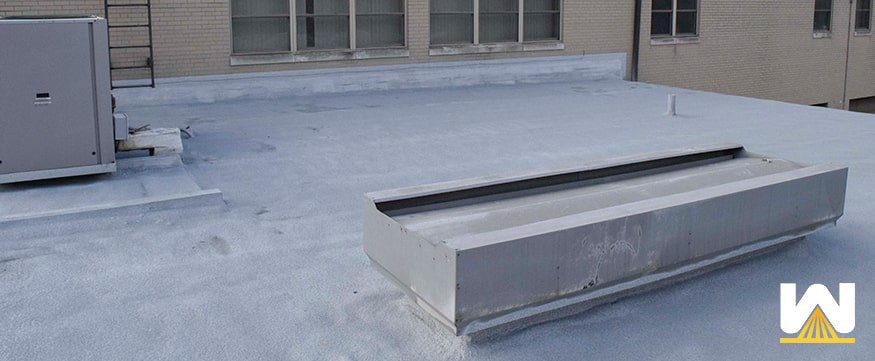Why spray foam insulation is so effective in meeting code requirements is that it has a higher r value per inch of product used than batts.
Spray on foam roof r rating.
Although spray foam insulation has been in use since the 1940s primarily for aircraft for the past 30 years continual product innovation has seen the increased adoption of spray foam insulation in residential and commercial construction.
The rapid growth of sprayed foam insulation in building construction thanks in part to its immediate and long term.
For example energy star recommends r 30 for a roof in the southern united states r 38 for the middle of the country and r 49 for the northern part of the country.
Amongst all of the popular types of insulation currently used by the industy spray foam insulation features the highest r value per inch.
At year 10 20 a contractor will add more coating and granules.
This is not an issue specific to spray foam as much as it is a characteristic of peel and stick membranes.
A spray foam roof can be the last roofing system you ll ever need on a building.
Additional r value for a masonry wall constructed using these materials needs to add the insulating value of additional wall components typically included such as 1 solid foam polyisocyanurate r 8 extruded polystyrene r 5 expanded polystyrene r 4 or 1 of perlite r 2 7 and for an exterior air film winter no wind r 0 17 an interior.
Encapsulating the rafter or top truss chord roof framing members with spray foam will improve the energy efficiency of the attic space.
This r value is similar to that of r13 fiberglass batting.
For example closed cell spray foam depending on brand can offer an r 6 or r 7 per inch.
R value is a measurement of thermal resistance and measures the ability of heat to transfer from one side of an object to another.
Causing the timbers to rot.
Spray foam insulation r values.
A typical 2 4 stud filled with open cell spray foam will have an r value between 10 5 and 14.
As a benchmark one inch of solid wood has an r value of 1.
Due to spray foam insulation being such an upcoming method of insulation there have been quite a few misconceptions about the effectiveness and dangers of its use.
In comparison an inch of blown fiberglass insulation has an r value of 3 1 3 4 and an inch of blown cellulose in an attic has an r value of 3 2 3 7.
For 6 inches r 15 or r 19 etc.
Since a spray foam system consists of spray foam coating and granules after 10 20 years some of the coating and granules will naturally wear away.
Wood has an r value of about one per inch of thickness.
But despite the fact that it has been around for 50 years some members of the public have strong.
For building owners who seek reliable lasting roof protection that offers long term cost effectiveness spray polyurethane foam roofing offers a great solution.
However fiberglass generally does not provide as tight a seal as a foam product would since it is unable to achieve as tight of a seal.
Closed cell spray foam r values.

